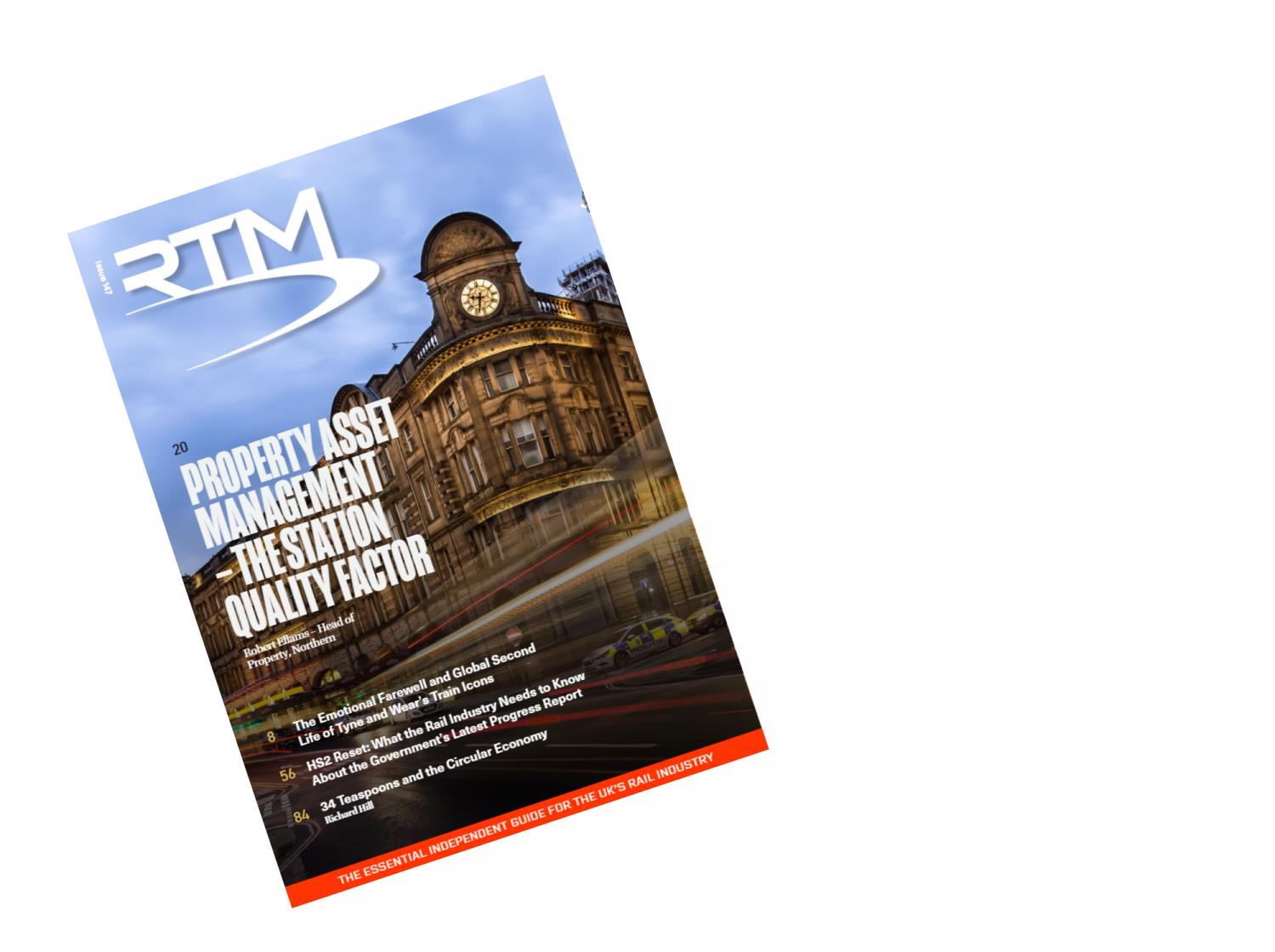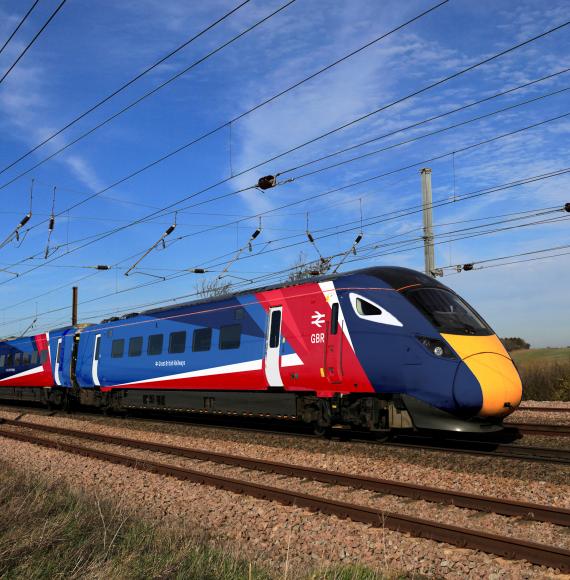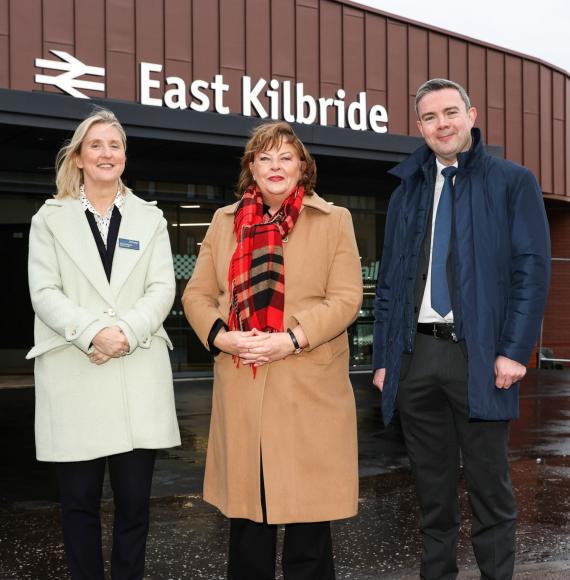The future of rolling stock in this country was debated by the Transport Committee yesterday as the industry continues to struggle to build a sustainable pipeline.
The session followed on from news that Alstom are planning on making a large number of staff at its factory in Derby redundant.
Alstom announced last month that a lack of work in the company’s pipeline could mean that 1,300 jobs could be at the threat of redundancy. The threat of redundancy has also spread to the company’s supply chain with an extra 900 jobs are also under threat.
A recent report from Railway Industry Association (RIA) which was published in July 2023 said that policy decisions needed to be made as soon as possible in order to prevent a crisis.
The cross-party committee session heard evidence from Malcolm Brown, chief executive for Angel Trains, David Clarke, technical director, RIA and Nick Crossfield, managing director, for Alstom.
And whilst all acknowledged that the short-term future for rolling stock in Britain was a little bleak, Nick Crossfield said that the long-term future was a little more robust.
“Short term, it’s a very challenging market. I think in the next two to three years hugely challenging. I think medium to long term, it is actually quite an attractive market.
“So if you look particularly in the longer term say from 2028 onwards, in European terms, the UK market for rolling stock is predicted to be the second largest market in Europe. And actually, if you drill down even further, the market for commuter rail in the UK from 2028 onwards is probably the fastest growing market in the Europe.”
The committee also probed the panel on how the industry is diversifying into other fuel modes with David Clarke warning that the price for not diversifying could be damaging for the industry in the long term.
“We think a core of about 60 or 70% of the network electrified is about the right balance at the moment . We're going to miss 2050 in terms of net zero unless we get our skates on with electrification. It's recoverable, but we need to get more. Thing that leaves maybe 30 or 40% of the network, which is where you can use battery or hydrogen.”
He did warn that policy decision would be needed in order to ensure that the network was decarbonised.
“If you were to replace those 1600 oldest diesels that are running on the network now with battery or hydrogen, multiple units. That is a ‘no regrets decision’ because wherever you put them today, you know that even in 2050, you're going to have that 30 or 40% of the network to put them on.
“If we don’t we end up running the risk of having 40-year old diesel engines running on the network.”
Photo Credit: iStock

















